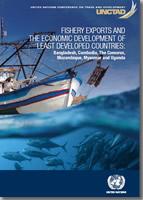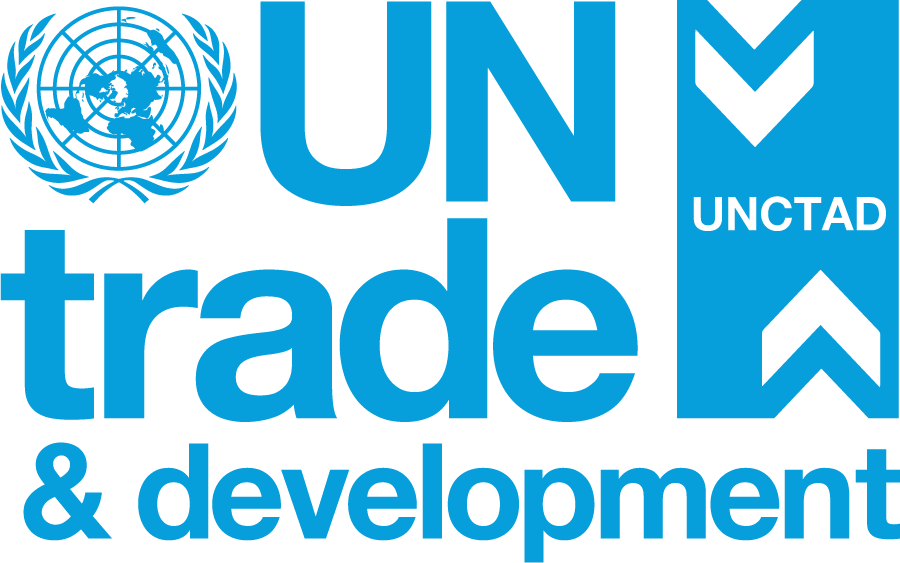Fishery Exports and the Economic Development of LDCs: Bangladesh, Cambodia, the Comoros, Mozambique, Myanmar and Uganda

The present study focuses on fishing -- both coastal and inland -- which holds great potential for a number of least developed countries (LDCs)
Fish have become the world’s most highly traded food commodity, demand for fish is continuing to grow strongly and some developing countries have a comparative advantage due to a combination of low-cost labour and waters rich in highly prized varieties of fish.
Many LDCs have comparative advantages in fishery resources. Of 16 top inland waters fishery producers, six are LDCs. Overall, in 14 of the current 48 LDCs, fishery exports are ranked in the top five merchandise exports. The growing role of the sector in socioeconomic development in LDCs and other developing countries is well recognized.
The work of UNCTAD reveals that, despite the significant potential that fisheries hold for socioeconomic development, the fishery sector in LDCs is predominantly traditional or artisanal.
While many developing countries have substantially increased their share in world fishery exports, from 34.6 per cent in 1981 to 50.2 per cent in 2013, the share of LDCs has risen marginally, from 1.6 to 3.5 per cent in the same period. The sector remains informal, untapped or underdeveloped, facing interacting supply-side and demand-side constraints.
This study documents evidence from selected LDCs in Africa and Asia of a series of supply-side and demandside challenges undermining the role of the fishery sector in LDCs.
On the supply side, the main challenges are deficient transportation and storage facilities; poor energy infrastructure and high electricity costs; a lack of investment, finance or credit for small operators; overfishing and depletion of fish resources; water pollution; and a lack of common fishery policies among countries that share water resources.
On the demand side, the most pervasive problem is a lack of compliance with the food quality and safety standards of importing countries, compounded and reinforced by the supply-side challenges.
The study argues that stringent public or private quality and safety norms limit access to major importing markets for many LDC fishery exporters.
This is mainly due to the fact that standards are not harmonized and are costly for LDCs to meet. It is also due to structural problems in LDCs, including in processing facilities and procurement methods, as well as a lack of testing and certification of products throughout the value chain.
The study provides policy conclusions and recommendations in areas such as the provision of infrastructure, improvement of regulatory and institutional capacities, monitoring and regulation of domestic fishing, harmonization of international standards and building of LDC capacities to enable them, to fulfil the development potential of their fishery sectors.


